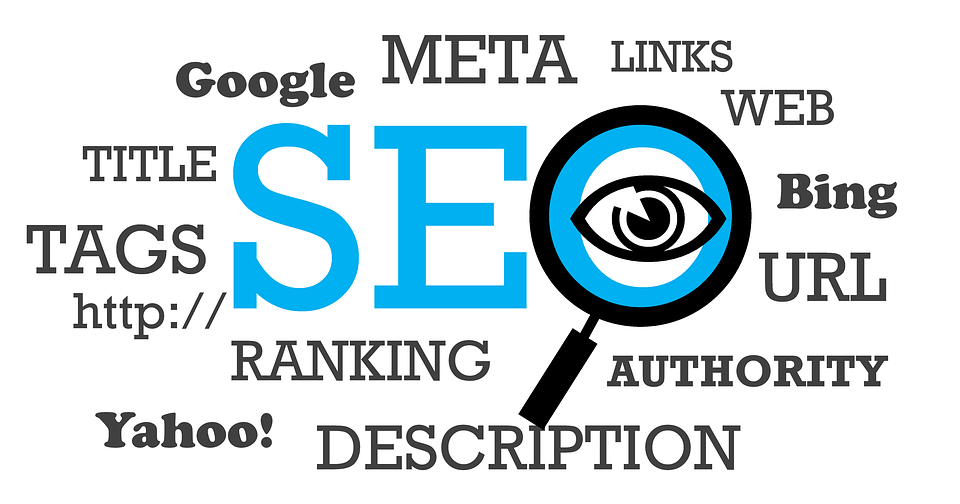

SEO training usually starts with Meta Tags which are extremely useful in digital marketing. These Meta tags are placed on the top of website page so that the visitor can see them in first glance.
There are many other Meta tags but still most of the marketers focuses on description and title tag. Each Meta tag has its own unique functionality. This blog will help you know different tags available and classify them into good and bad Meta tags.
1. Good Tags
The Meta tags that must always be on a website page are called as ‘Good’ Meta tags. Develop your SEO strategies by using the following Meta tags.
Title tag:Title is the most important tags of the Meta tags as it contains the title of the page which is the most important information of a website page. As each page is different, every page should contain unique page title.
Meta content type: These tags form your character set for the page and must be present on every page. This tag is important as it helps to render your page in a browser.
Meta description: The second important meta tag is description tag. This tag has simpler but important function i.e. to describe the page to search engine users. This tag doesn’t directly involve in the tags that affects page ranking, but it helps to provide right information to users which is one of the important strategies of SEO.
Viewport tag:Stating the viewport is a key when we are building a mobile-friendly experience. This is usually produced with a standard tag.
2. Bad Tags
These tags will not damage your website or decrease your ranking but these tags will waste your space. So if your website page contains the following tags then it’s time to remove these tags.
Author/web author tag: This tag will just name the author of the page and is not mandatory.
Revisit after: this tag is used to instruct the site robot that after a particular time it should return to a page and this tag is not used by any Search engine.
Rating: A rating tag discloses the adulthood rating of a site’s content. You can also make aware search engine if your site has sensitive pictures.
Expiration or date: Expiration tag records when your page expires, while date tag shows the formation date. Simply remove the expiration tag when your page is going to expire. Instead of this tags you can maintain sitemap on XML and regularly update it.
Copyright: Generally, a website’s footer comprises the page’s copyright – why to say it twice?
Distribution: This tag is used to control who can access a document, and it’s usually not necessary. If your site doesn’t require a password, it’s usually open for global viewing.
Abstract: This tag can be used for educational site but not necessary for ecommerce sites
3. Indifferent Tags
These Meta tags that are indifferent i.e. they might be useful under some circumstances. Here are some example of Indifferent tags.
Social tag:Adding tags for social media sites can be important in terms of sharing, but aren’t necessary.
Robots: Many marketers believe that a robots tag is necessary; however, these are only mandatory if you need to change indexing or link following commands.
Language: This tag is necessary if your website reaches an international audience and you must declare an “official” language for the page.
Geo: Google doesn’t support this tag but Bing does. Geo tags include place name, position (latitude and longitude), and region.
Keywords: No successful SEO plan would recommend spending time on these tags; however, they may be helpful in some cases.
Refresh: Known as the poor man’s redirect. Server-side 301 redirects are better options over tags that refresh.
Site verification: If Google or Bing verify your site, it’s not necessary to include a verification tag.
We are from THEJIGSAWSEO. if you want any service related to Digital Marketing then do contact us.